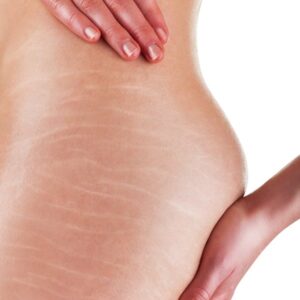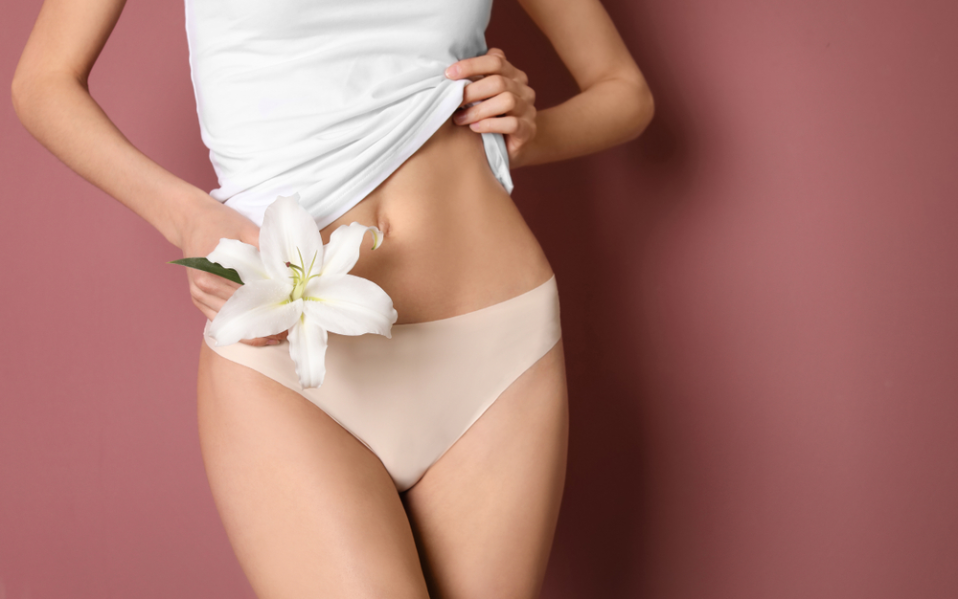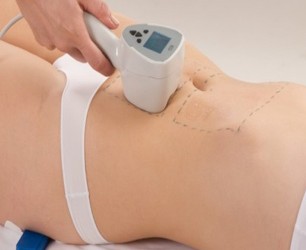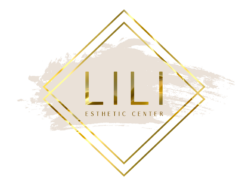STRETCH MARK TREATMENT

Stretch marks on arms

stretch marks on the waist

Stretch marks on the abdomen and hips


pregnancy stretch marks


Treatment for Stretch Marks
Stretch
Stretch marks (striae) are jagged streaks that appear on the abdomen, breasts, hips, buttocks, or other places on the body. They are common in pregnant women, especially during the last trimester. Stretch marks aren’t painful or harmful, but some people don’t like the way they look on their skin.
Stretch marks do not require treatment. They often go away over time, with or without treatment. They may never completely go away.
Symptoms
Stretch marks are not all the same. They vary depending on how long you have had them, what caused them, where they are on your body, and the type of skin you have. Common variations include:
Streaks or jagged lines on the abdomen, breasts, hips, buttocks, or other places on the body
Pink, red, black, blue or purple stripes
Bright streaks that fade to a lighter color
Stripes that cover large areas of the body.
When to see a doctor
See your doctor if you are concerned about the appearance of your skin or if stretch marks cover large areas of your body. Your doctor can help determine the cause of your stretch marks and discuss treatment options.
Causes
The cause of stretch marks is the stretching of the skin. Its severity is affected by several factors, including your genetics and the degree of stress on the skin. Your level of the hormone cortisol may also play a role. Cortisol, a hormone produced by the adrenal glands, weakens the elastic fibers in the skin.
Risk factor's
Anyone can get stretch marks, but some factors increase your chance of getting them, including:
to be a woman
Having a personal or family history of stretch marks
Being pregnant, especially if you are young
Rapid growth in adolescence.
Gain or lose weight quickly
Corticosteroid use
Undergo breast augmentation surgery
Exercise and use anabolic steroids
Having a genetic disorder such as Cushing syndrome or Marfan syndrome
Treatment
Stretch marks do not require treatment. They are harmless and often fade over time. Treatment may make them fade, but they may never go away completely.
The following treatments are among those available to help improve the appearance and texture of stretch marks. None have been shown to be more successful than the others.
retinotic cream. Derivatives of vitamin A, retinoids, such as tretinoin (Retin-A, Renova, Avita), that you apply to your skin can improve the appearance of stretch marks that are less than a few months old. Tretinoin, when it works, helps rebuild a protein in the skin called collagen, making stretch marks look more like your normal skin. Tretinoin can irritate your skin.
If you are pregnant or nursing, talk to your doctor about other treatment options, as possible side effects of retinoid cream may affect the baby.
Light and laser therapies. A variety of light and laser therapies are available that may stimulate collagen growth or promote elasticity. Your doctor can help you determine which technique is right for you.
Microneedles. This type of treatment involves a handheld device with tiny needles that stimulate collagen growth. This technique has less risk of pigmentation changes than laser therapy, making it the preferred initial approach for people with darker skin.
Work with your doctor to choose the treatment or combination of treatments that is best for you. Factors to consider include:
How long have you had stretch marks?
your skin type
Convenience, as some therapies require repeated doctor visits
Cost, as appearance-enhancing treatments (cosmetic therapies) are often not covered by health insurance
your expectations
